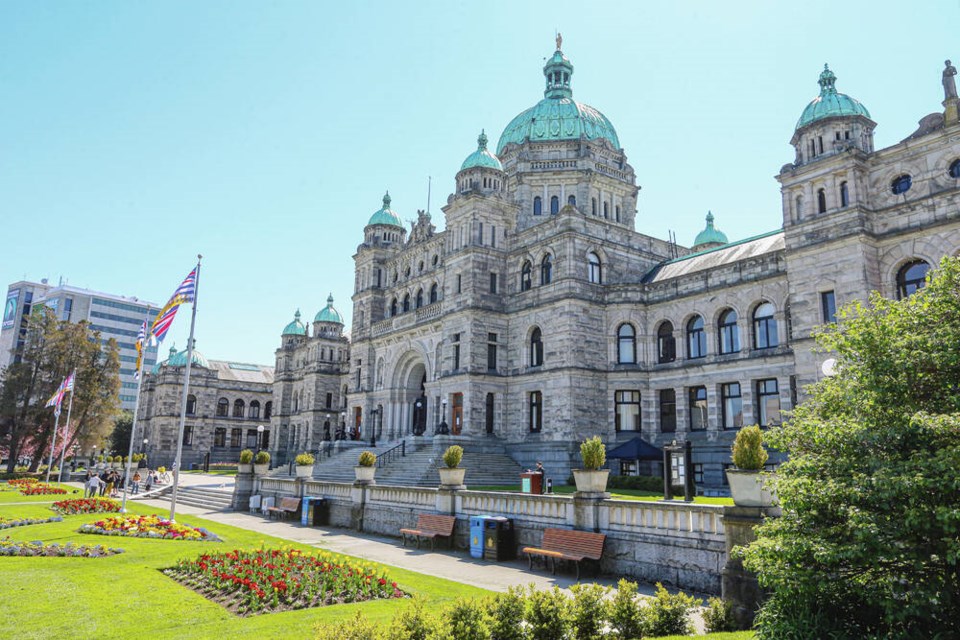Now that the legislature has risen for the summer, all three party leaders with seats in the House face difficult questions.
John Horgan’s NDP administration, by virtue of its five years in office, has most to think about.
The legislative sitting ended badly for them, with the ill-considered plan to rebuild the Royal B.C. Museum blowing up into a full-scale political debacle. Even former NDP finance minister Elizabeth Cull called the scheme “tone deaf.”
More troubling, soaring gas prices and sky-high inflation have become the issue of the day. Because these were nowhere on the radar screen when Horgan first took office, he faces the challenge of refocusing his party in mid-stride.
Other issues notwithstanding, for now at least the premier needs to signal that pocketbook concerns are his main priority. These dominate when elections are held.
Retired federal finance minister Bill Morneau, who served five years under Justin Trudeau, made a similar point last week. Morneau blasted his former colleagues for neglecting the economy while focusing on niche issues. Give more attention to economic growth and improved productivity, he urged, pointing out that Canada stands 25th out of 36 OECD countries in expanding productivity.
In some respects, it might seem that B.C. Liberal Leader Kevin Falcon has an easier path ahead. As the newly elected head of his party, he’s starting afresh.
Yet appearances can be misleading. Falcon’s underlying philosophy, shared in the main by his party, is built around fiscal conservatism and small government. These are not an easy fit across much of the province, particularly in the Lower Mainland and the capital region, where most of the votes are.
His challenge is to tone down that message and reach out to the moderate centre. However, that might be easier said than done.
Alberta Premier Jason Kenney just lost a leadership review when the right wing of his party rejected exactly such an effort. And one federal Tory leader after another has suffered a similar fate.
Falcon’s question, then, is not how to take his party in a different direction, but how to moderate his message in terms that both satisfy his rural caucus and also work in an urban setting.
Former U.S. president Bill Clinton was a past master at this form of “triangulating.” Whether Falcon can copy that kind of political adroitness is open to question. His tendency to be outspoken is well known.
Green Party Leader Sonia Furstenau faces an entirely different quandary. Her party has only two seats in the legislature to show for nearly 40 years of campaigning. What is to be accomplished by carrying on?
Furstenau might point out that hers was the first Green party to be formed in North America, and there is a legacy to protect.
She could also note that the Green share of the vote in the past two provincial elections stood at an all-time high.
However, in practice, there isn’t a great deal of difference between her platform and Horgan’s.
Yes, environmentalism is one of the driving forces in B.C. politics, and the Greens lead that movement. Yet the NDP hold most of the mainstream positions on that subject.
It would be the ultimate irony if, at the next provincial election, the Greens split the left-of-centre vote and elect the Liberals.
Arguably, that might have happened before. In each of the three provincial elections between 2005 and 2013, the Green and NDP vote taken together exceeded the Liberal turnout, yet the Liberals won handily.
Furstenau’s challenge, then, is to decide what matters more, staying true to her beliefs, or winning elections.
The next legislative session begins on Oct. 3. All three leaders have until then to choose the path they will follow.



